Atlanta business is evolving. Significant workplace influences, mostly culture driven, are the main game changers, while generational overlap, advances in technology and complexities in workplace diversity make successful leadership challenging. How are successful Atlanta Business Leaders embracing the challenges and leveraging our city’s current opportunities to usher in the work “place” of the future? We interviewed 9 local business leaders that are building thriving collaborative workplace environments and influencing our city’s business culture. While spanning various generations, career backgrounds and leadership roles, they all converge when it comes to developing strategy based on the critical needs of today’s workplace:
- Skillful Human Engagement
- Strategic investment in human capital
- Designing your company to make meaning, not just money.
Looking to take your business to the next level? Here are 9 proven strategies from this vanguard of innovators that will get you to the drawing board and on a path to success.
EVALUATE TECHNOLOGY’S IMPACT ON PROCESS AND ON PEOPLE

Businesses must pay close attention to the interplay between technology and people. Crystal Kadakia – Founder & CEO of Invati Consulting + 2 x TEDx Speaker has helped organizations such as General Mills, Southern Company, Procter & Gamble and Wells Fargo. She urges business leaders to plan each initiative with strategic balancing of both human and technological resources. Digital technology can be harnessed powerfully to create greater productivity, engagement and collaboration at work, but we need to understand how it impacts people’s work habits. Global and generational insights need to be considered, as well as tools that objectively leverage technology and people to build inclusiveness and collaboration.
DEVELOP LEADERS THROUGH ADVOCACY AND TRAINING
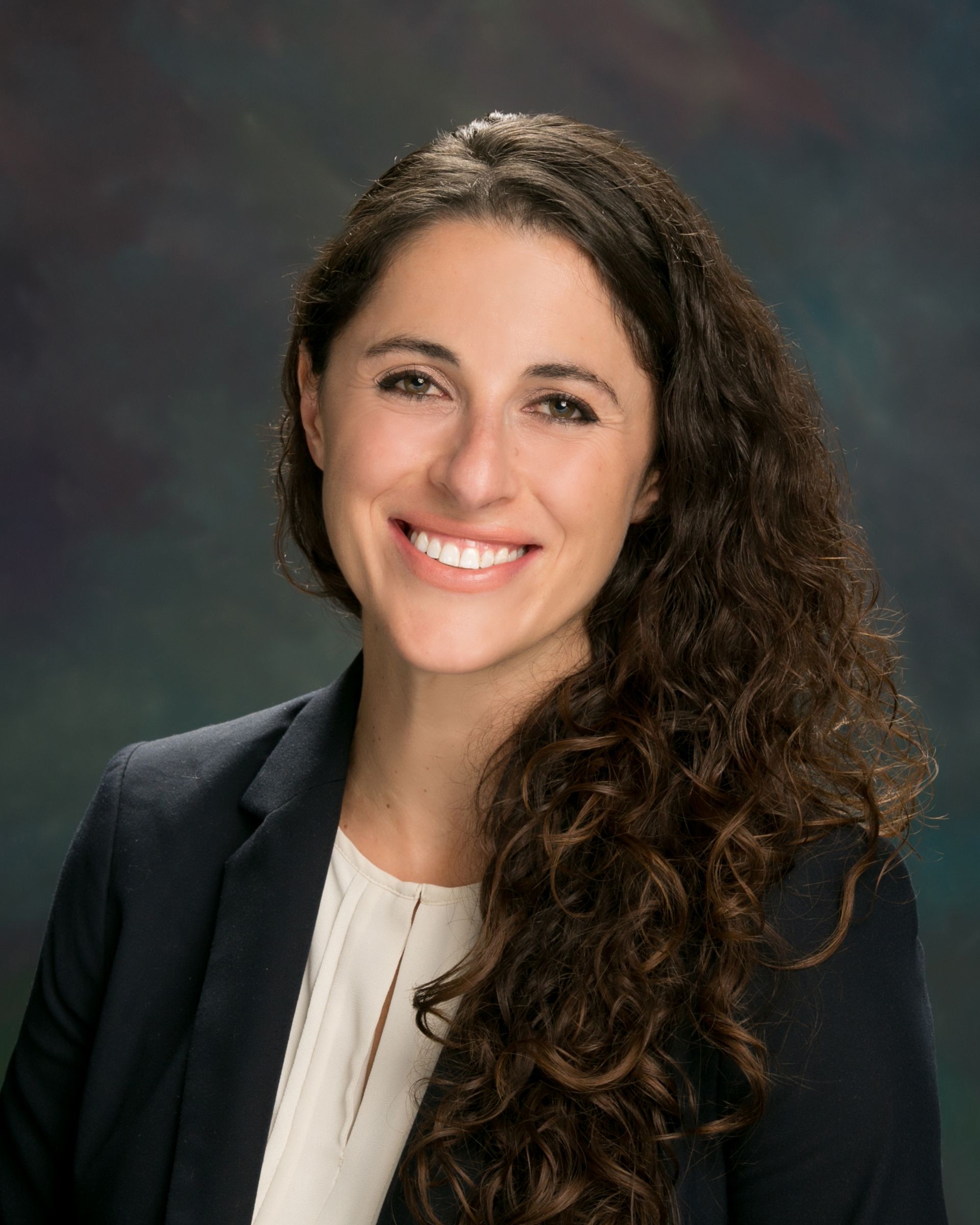
When your primary objective is to develop leaders, team members are viewed as “stakeholders” with a shared vision, vs “employees. This has been the modus operandi for Iana Tassada – VP of Aviation for JE Dunn. Iana urges business leaders to prioritize staff training and advocacy and hold themselves accountable to executing on both. Solid structure around staff development has been key to Iana’s leadership success, under which JE Dunn has contracted over $200 million in projects at Hartsfield-Jackson Atlanta International Airport alone. Advocacy is also a critical component to strategy. Systematically evaluating and advocating for policy that supports staff is a powerful tool for bringing meaning to work and increasing productivity.
TREAT EMPLOYEES AS IF THEY WERE CUSTOMERS
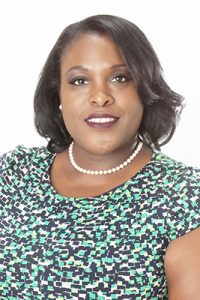
Positive relationship dynamics is challenging in today’s diverse work environments, but challenges present opportunities, as experienced by Tonya Hicks – Founder & CEO of Power Solutions Inc., one among the 5.2% women-owned construction businesses in the U.S. Leading an all-male workforce compelled her to study Emotional Intelligence. She honors uniqueness in diversity while understanding the human need for appreciation, affirmation and acceptance. Developing a business culture based on these needs has helped Tonya grow Power Solutions from $28K in Annual sales in year 2000 to over 3,800,000 in annual sales for 2018. She suggests leaders consider conscientious benefits such as paternity leave, paid lunch, curated services, and others that honor the whole person, not just the body that shows up at work.
BUILD TRUSTING RELATIONSHIPS
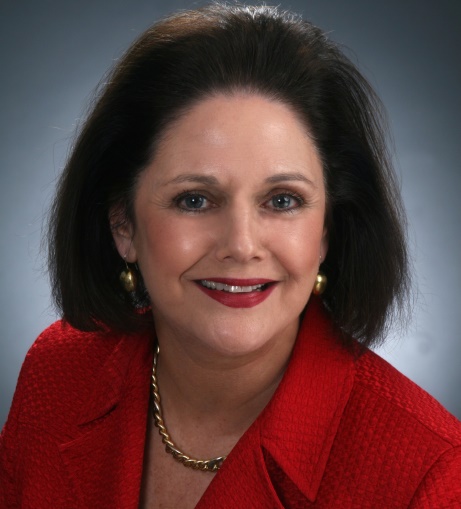
Successful business leaders recognize the power of trust in relationships. Trust is earned, and a highly effective approach for leaders to develop trust is by skillfully tempering confidence with humility in every action and decision. Wendy Johnson – President & CEO Dale Carnegie GA, shared with us how humility, an openness to learn and willingness to “get in the trenches”, balanced with drive and confidence have allowed her to connect meaningfully with staff. These trusting relationships are foundational to her leadership at Dale Carnegie of GA, supporting over 6000 client companies and ranked 22 out of 190 franchises in 90 countries.
LEAD BY BEING LED

For businesses to thrive they must shed the limiting hierarchical role boundaries that inhibit leveraging of human capital. Shelia Matthews – Training & Development Manager at UPS has ‘tested the waters’ and is making an impact on UPS’s L&D efforts and the careers of her staff. In place of directing as a ‘manager’ does, she guides and supports as a ‘leader’ does. How to make this shift in a large corporate setting? Shelia, who oversees global training content strategy, says it’s as simple as changing how YOU lead. She recommends: listen to learn. Let your staff come up with answers and allow others to shine. Leaders think they need to have the answers, but they don’t. Allow yourself to be led, she suggests. This takes courage and humility, but it will bring the best results.
ALIGN PEOPLE WITH BUSINESS GOALS
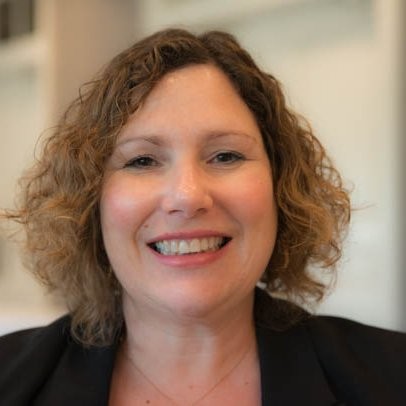
Systems and processes bring little value, unless you’ve figured out “how to bring people along”. Marcy Fortnow – Founder and CEO of Engaging Play, understands the critical role of ‘connection’ to drive alignment with business goals. Free snacks and ping pong are a nice start, but they don’t deliver passion for work. She suggests that we use “fun” to build connection strategically: stimulating an interactive dynamic that builds trust and enhances the ability to work together. Consider experiential and interactive platforms that can be customized to insert fun into organizational brain-storming or training. Marcy has helped organizations such as Duke University, Georgia Technological Institute, Dress for Success, JF&CS and Kate’s Club build strong teams that can better leverage their systems and processes toward success.
NURTURE PRODUCT & PEOPLE EQUALLY
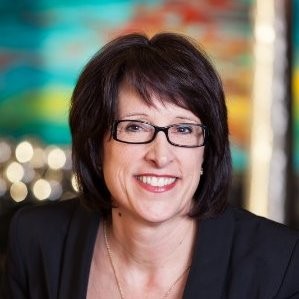
Businesses tend to focus strategy on product and its pre to post implementation functions. The people that usher in and sustain these efforts are assumed. Anne Chambers – Founder & CEO of boutique consulting firm, Capre Group, understands the need to nurture both product and people. Her key strategies? She applies Performance Metrics to individual employees and also to the team as a whole. She also maintains standing calendar meetings for each: Business Development and Organizational Development. Consider having structures such as these to encourage staff development, which will enhance product initiatives. The Coca-Cola Company, Kimberly-Clark Corporation and Hallmark are some of the Fortune 500 companies that have experienced the competitive advantages of Caprē Group’s highly specialized capabilities-based and insights-driven services.
FOCUS ON MISSION TO DEVELOP STRONG TEAMS
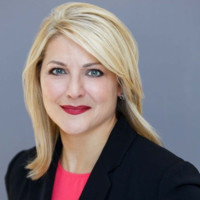
Mission is critical to engaging a workforce. We’re not talking about philosophical tenants displayed on slides. We’re talking about a business mission so strong that it unites people and guides them. Bonnie Daneker – Published Writer and President of NAWBO Atlanta, observed this consistently in business environments while leading teams in Telecommunications, Financial Services and Transaction Processing. When people unite around a common mission they work together, often contributing more than what’s expected. When guided by mission, personalities and egos become secondary. Bonnie urges business leaders to develop a mission that is bigger than the people and stay focused on it as if the mission was CEO. Leadership who keeps their team laser-focused on the bigger picture develops healthy business cultures.
LEVERAGE TECHNOLOGY FOR EMOTIONAL CONNECTION
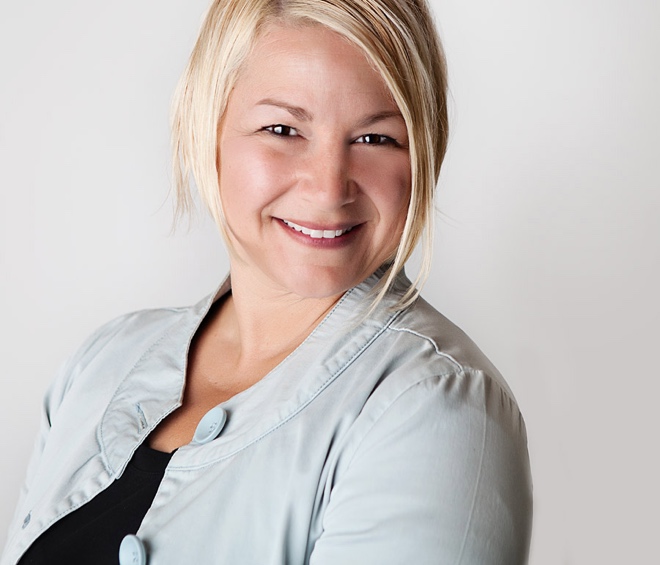
Successful sales people know that people buy based on what they ‘feel’ and not how they ‘think’. Ultimately the decision to buy or buy into something is an emotional one. The power resides in the question “how does it feel?” This, alongside technology that amps up an emotional response have paved a leadership path for Dana Dojnik – Managing Partner at Foundry 45 – a leader in the production of immersive Virtual Reality training experiences. Dana suggests business leaders consider “how does it feel” as a decision-making guidepost and leverage sensory technology, such as VR, for a response. Focusing on how an experience feels necessitates sharpening your listening skills and brings an element of care that helps build strong relationships. Leveraging VR Technology to this end promotes deeper connection and experiential integration that improves training and performance. Dana and the Foundry 45 team bring VR technology to support leadership strategy at Delta Airlines, UPS and IBM, Weather Channel, AT&T, among others.

